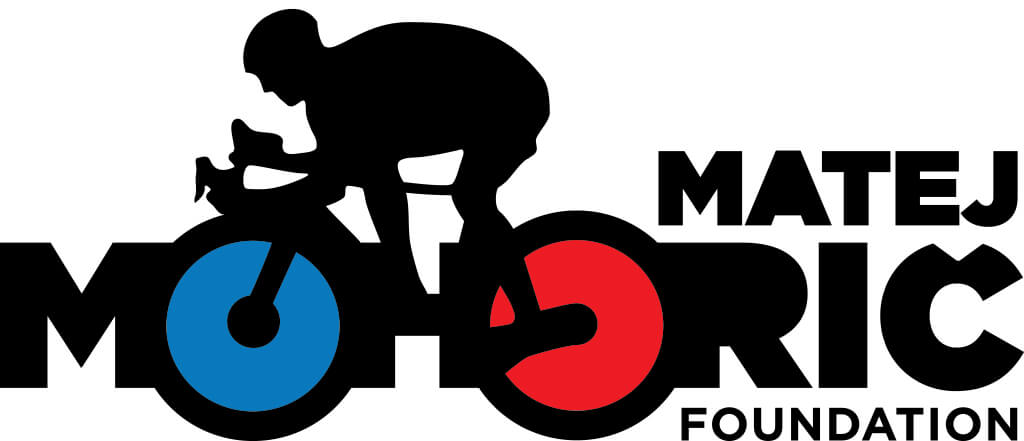Everything You Need to Know About Electrolytes
Have you ever noticed a thin layer of salt on your hands or forehead after a workout?
Have you ever noticed a thin layer of salt on your hands or forehead after a workout? This is evidence that your body is losing salt—or electrolytes—through sweating. Maintaining electrolyte levels is crucial for your physical performance, whether you are just training or achieving a new personal record.

Fluid intake and proper hydration during exercise are essential
Research confirms that fluid intake and proper hydration during exercise are essential, especially during long training sessions and competitions. The key role of fluid intake during exercise is to maintain hydration, body temperature, and adequate plasma (blood) volume.
So, What Are Electrolytes?
Electrolytes are essential minerals (including sodium) that the body needs to stay hydrated. However, their role extends further—they also support important processes in the body, including muscle contraction, blood pressure regulation, and nerve signaling, to name a few.
Electrolytes help your body retain fluid during intense exercise when you sweat, as they assist in drawing fluid into the working muscles.
What Happens When the Body Lacks Electrolytes?
Ensuring that plasma volume and body temperature remain within optimal ranges directly impacts performance. When your body temperature rises due to dehydration, plasma volume decreases, causing an increased heart rate, which consequently accelerates fatigue.
Dehydration also affects cognitive functions, resulting in an inability to think clearly. The main symptoms of low sodium intake and dehydration are digestive issues, nausea, bloating, fatigue, concentration problems, and dizziness.
How to Replace Electrolytes?
There are various options available for replacing lost electrolytes—electrolyte drinks, electrolyte tablets to dissolve in water, and salt capsules/sticks that you can take directly. They are often added to sports drinks in varying amounts.
Most runners sweat between 400 and 2400 ml per hour of exercise, with an average value of around 1200 ml per hour. This varies based on age, gender, weight, exercise intensity, and environmental temperature.
A sweat test is the easiest way to accurately determine how much sodium you lose through sweating, but as a general rule, runners are generally advised to consume approximately 700 to 900 mg of sodium per 1000 ml of fluid during longer training sessions and competitions. This can be a mixture of electrolyte tablets, electrolyte powder, energy drinks, and whole foods.
However, pay attention to the formula you are taking. The problem with taking diluted electrolytes is that if you do not drink enough, you also do not get enough electrolytes. Therefore, exclusive electrolytes, such as in a capsule, are recommended to get 300 mg of sodium and other minerals every hour. One Crown PRO SALT capsule contains 310 mg of sodium, 54 mg of potassium, 8 mg of calcium, and almost 6 mg of magnesium.
When to Take Electrolytes?
Most of the time, whether you need to take electrolytes depends on the air temperature and what you are doing. The warmer it is, the more you will sweat and the more sodium you will lose.
30 % discount fo your order
>> Order Crown PRO Salt Capsules and Crown Magnesium Capsules
Use promotional code VITALGO30 and get 30% discount by your order.Discounts cannot be combined.








































